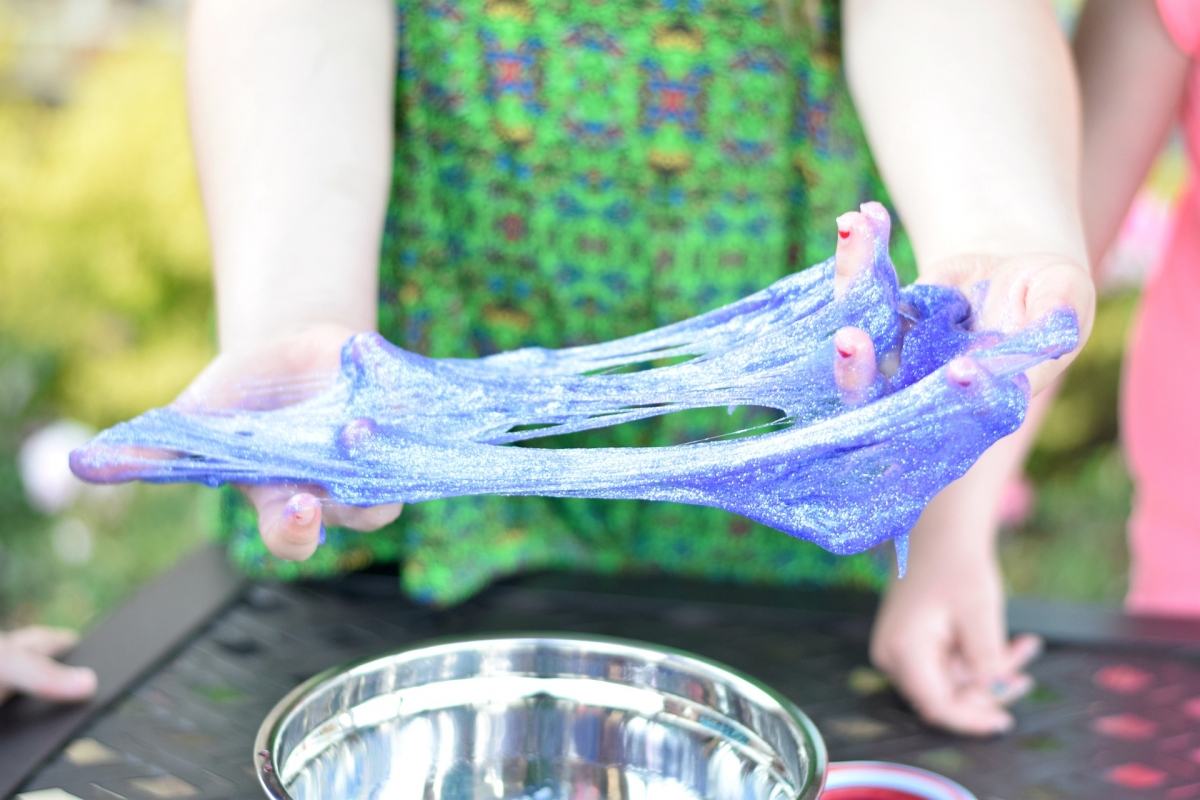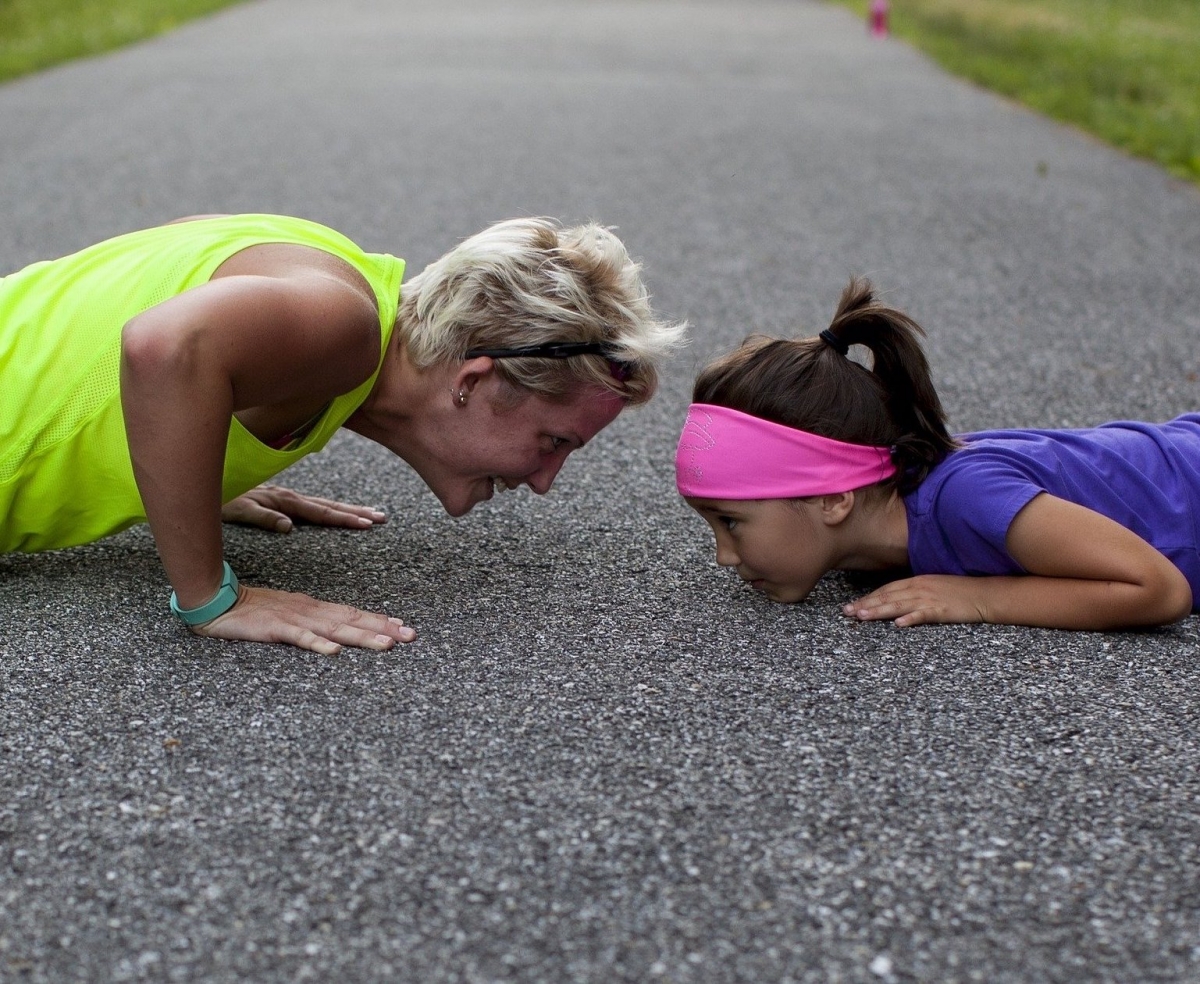 Engage the seven senses[1] to help children feel calm and stay focused.
Engage the seven senses[1] to help children feel calm and stay focused.
Grumpy, frustrated, worried, bored, overwhelmed (insert adjective describing your child's mood here) home learners can all benefit from a sensory break to engage their senses, boost self-regulation, and shake things up a bit.
Parents and educators, take note: all it takes is a little innovation [2]to create meaningful sensory experiences. Try one of the activities from the list below when your child becomes fidgety, disengaged, anxious, or overwhelmed. Even better, plan a handful of activities throughout the day, because an ounce of prevention is worth a pound of cure (and sensory activities can be a lot of fun for adults and children alike!).
What are sensory activities?
Sensory activities are a gateway to improved self-regulation [3]for many children and youth, especially those with sensory processing challenges[4]. Developmental or behavioral disorders, such as autism and ADHD, cause some children to process sensory information in ways that make learning and playing difficult. Anxiety[5] - which is currently at a societal peak - is another reason children may have a hard time tolerating the sensory terrain of daily life, such as loud sounds, bright lights, background noise, or uncomfortable clothing.
Sensory-based therapies [6]are one way occupational therapists help children cope with diverse sensory stimuli so that they can participate in daily life with less distress. Sensory activities - which target one or more senses in a soothing or stimulating way - are the bedrock of this approach.
How to get started:
21 Sensory Activities for Focus & Calm
 Sight:
Sight:
- Watch The Story of Flowers
- Make an ocean in a bottle
- Blow watercolour paints with a straw
 Scent:
Scent:
- Make a smelling jar
- Try a scent experiment
- Paint with spices
 Hearing:
Hearing:
- Play the fading tone game
- Make a water xylophone
- Create a rain storm with your hands
 Touch:
Touch:
- Hatch frozen dinosaur eggs
- Create this kid-friendly slime
- Set up a sensory walk
 Taste:
Taste:
- Make fizzy sherbert
- Set up a taste test
- Create a chef-inspired sensory lab
 Proprioception:
Proprioception:
- Try these proprioception games
- Stretch like a monkey
- Incorporate heavy work into your child's day
 Vestibular:
Vestibular:
- Swing your child in a blanket hammock
- Shake it up!
- Hang upside down
Select images from freepik.com
While we often talk about the five senses, we actually have seven sense systems:
- sight
- scent
- hearing
- taste
- touch
- proprioception (sense of where our body parts are in relation to each other)
- vestibular (sense of where body is in space)
Children with sensory processing challenges have trouble using and/or integrating the information their body takes in through the senses.
Some children are more sensitive to certain sensations, like loud noises, bright lights, strong tastes, or having sticky hands, for example.
Other children may be less responsive to sensations and actively seek them out, such as constant or repetitive movement or deep pressure like a tight bear hug.
A pilot study conducted by Pffeifer et al. (2011) published in the Journal of Occupational Therapy used a randomized controlled trial model to measure the effects of sensory integration therapy in children with autism aged 6-12.
They found that this type of therapy helped autistic children make significant improvements in sensory processing and regulation and social-emotional function.
Sensory-based therapies are based on the pioneering work of Dr. Ayres in the 1970s. They use a variety of activites and materials to provide stimulation across the seven senses, with the goal of organizing the sensory system.
While sensory-based therapies are widely recognized to be anecdotally beneficial, the empirical research on their effectiveness is mixed due to methodological challenges and other considerations, such as variation in sensory-processing issues between individuals.
Read this article from understood.org to learn how sensory-processing challenges and anxiety in children often go hand-in-hand.
Educational innovation is an important component of a strengths-based approach to home learning. Other essential elements are effective communication and a commitment to SEL and Heart-Mind well-being.
This resource is the fourth and final installment of Heart-Mind Online's home learning series.